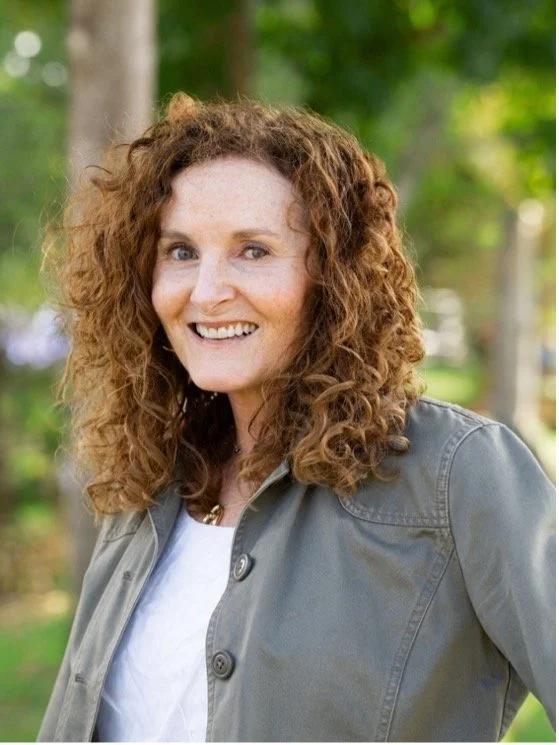 THE WOUNDED AMAZON, Marble statue Metropolitan Museum, NY: wounded Amazon (Roman Copy, probably after Polykleitos or even Kresilas or Pheidias) c. 450-425 BC.
THE WOUNDED AMAZON, Marble statue Metropolitan Museum, NY: wounded Amazon (Roman Copy, probably after Polykleitos or even Kresilas or Pheidias) c. 450-425 BC.
Genetics and Environment perform a delicate contrapuntal dance in disease causation that is only just beginning to be understood. For many years after the advent of the human genome project began and as genetic counseling became more possible, genetics were over-emphasized as a cause of disease. For instance, only 5-10% of breast cancers can be accounted for by genetics (Breastcancer.org 2015). Moreover, much of the genetic susceptibility to cancer may only operate in an environment filled with toxic chemicals, as ours is. Why are we surprised that we are seeing an increase in cancers when we have filled our environment and ourselves with chemicals that are known to cause it?
One recent study found an association between these kinds of pesticides, brain tumors, and the kinds of genetic differences that result in a poor ability to metabolize, or process and expel, these chemicals (Nielson et al. 2010). Results showed more than a doubled increase in risk for children with the poor metabolizer genes, although children with these very same genes, if not exposed to insecticides, showed no increase in risk. This is so important: it shows how we are now selecting against a large proportion of our population, which has never had to defend against these novel chemicals before in evolutionary history. These genes are not necessarily bad in themselves; they are only damaging in the context of a pesticide-filled environment. We have evolved for intelligence, and ability to defend against bacterial infections, and kindness towards others; but we are evolutionarily unprepared to fend off damage by these chemicals, most of which nature had never seen before humans created them. Evolution does not work to create the best creatures, but those most fitted for the environment around them. In selecting against these genes, not only are we going to kill many more innocent people; we are changing our future as a species, and not necessarily in a good way. Why should we expend our collective energies adapting to a filthy planet when we could just choose not to pollute? Furthermore, this study shows what many other studies show as well, that lack of metabolizer genes is a risk factor for cancer, and other diseases linked to environmental toxicants (Yang et al. 2009; Autrup 2010; Chokkolingam et al. 2012). Conversely, genes that promote carcinogen metabolism convey protection (Yeoh et al. 2010). Enzymes produced by these genes, like Paraoxonase 1 (PON1), which is responsible for metabolizing various organophosphate pesticides, are at their lowest level in newborns and young children. Children reach adult levels of organophosphate pesticides at age three, exposing them precisely when they are most vulnerable to the effects (Nielson et al. 2010; Huen et al. 2012). Some early geneses of cancers that are diagnosed in adults are actually begun in childhood. Studies looking at breast tissue in rats show that the tissue is fundamentally different when the rats are exposed at very early stages. Genetics and environment work together in surprising ways; sometimes, the genetic weak link is not primary, but secondary, in the immune system or detoxification system, for example. Those weaknesses, keep in mind, are only uncovered in combination with a toxic environment. People with a genetic disposition to produce less PON1 therefore suffer more from the effects of toxicants. Its activity is lower in children with autism, which means they can’t clear it from their bodies and are more susceptible to harm from the pesticide (Deth 2008; Pasca et al. 2006). Damage to the PON1 gene, which produces the enzyme, is more common in Americans than Italians, which is likely a result of the much higher levels of pesticides in the U.S. (D’Amelio et al. 2005). In a study conducted in agricultural communities, higher levels of PON1 in pregnant mothers are linked with lower levels of organophosphates in blood and urine in both mothers and children, which affects cancer rates quite directly.
However, although environmental exposures are probably most important to a risk of cancer, a woman with a family history of breast cancer should almost certainly be tested for the BRCA genes, and if she has them, many people would offer the alternative of prophylactic bilateral mastectomies. This issue is much in the news lately. Angelina Jolie elected to have such a surgery, and hey – if she can get rid of her breasts…. This week, there was a quite convincing article in the New York Times arguing that all Ashkenazi Jewish women, who are more likely to have the BRCA gene (1 in 40 vs. 1 in 400), should be tested, and arguing that all women who are positive should consider mastectomies. Elizabeth Wurtzel, the author, first got cancer and then the double mastectomy, and she advises for the surgeries: “I wish I had done what I did anyway, except without the whole cancer part. I am not sure why anyone with the BRCA mutation would not opt for a prophylactic mastectomy” (2015). She quotes an expert who says the testing is not for everyone: “’The test sounds simple enough,’ she said, ‘but understanding what to do with the results can be a complicated, gut-wrenching journey.’ Yes, it can. But not nearly so much as cancer” (2015). I am with Wurtzel when the genetic predisposition is as clear as the BRCA gene, though no one can afford not to minimize their toxic body burden in an effort to minimize cancer risk; and this can be much better done on a societal level than an individual one. The way we are going, with rampant worldwide pollution, and with 1 in 2 men and more than 1 in 3 women developing cancer in their lifetimes, there may come a time when most women choose prophylactic mastectomies.
The problem is that we are all at risk for cancer, and it is very hard to avoid exposure to toxins in our world now; it is absolutely impossible to avoid them entirely. According to the Environmental Working Group, even newborn babies are now born pre-contaminated with in excess of 200 toxic chemicals, every single one of them, though the level of contamination varies by country (2012).
And my title? All these women chopping off their breasts to fight cancer, choosing life, braving death, remind me of the mythical Amazons, warrior women who reportedly would cut off their right breasts in order to better shoot an arrow in battle. Though grotesquely heroic, it seems a shame anyone would have to go so far.
References
Autrup, H. (2010). Effects of genetic and environmental factors on biomarkers of exposure. Abstracts: Toxicology Letters 196S: S1-S36.
Breastcancer.org. (2015). Genetics. Retrieved from http://www.breastcancer.org/risk/factors/genetics
Chokkalingam, A.P., Metayer, C., Scelo, G.A., Chang, J.S., Urayama, K.Y., Aldrich, M.C., … Buffler, P.A. (2012). Variation in xenobiotic transport and metabolism genes, household chemical exposures, and risk of childhood acute lymphoblastic leukemia. Cancer Causes Control 23: 1367-1375.
D’Amelio, M., Ricci, I., Sacco, R., Liu, X., D’Agruma, L., Muscarella, L.A., et al. (2005). Paraoxonase gene variants are associated with autism in North America, but not in Italy: possible regional specificity in gene–environment interactions. Mol Psychiatry 10: 1006–16.
Deth, R., Muratore, C., Benzecry, J., Power-Charnitsky, V.A., Waly, M. (2008). How environmental and genetic factors combine to cause autism: A redox/methylation hypothesis. NeuroToxicology 29: 190-201.
Environmental Working Group (EWG). (2012). 10 Americans. Retrieved from http://www.ewg.org/news/videos/10-americans
Huen, K., Bradman, A., Harley, K., Yousefi, P., Barr, D.B., Eskenazi, B., Holland, N. (2012). Organophosphate pesticide levels in blood and urine of women and newborns living in an agricultural community. Environmental Research 117: 8-16Nielson et al. 2010.
Pasca, S.P., Nemes, B., Vlase, L., Gagyi, C.E., Dronca, E., Miu, A.C., et al. (2006). High levels of homocysteine and low serum paraoxonase 1 arylesterase activity in children with autism. Life Sci 78: 2244–8.
Wurtzel, E. (2015). The breast cancer gene and me. New York Times, Sept. 15. Retrieved from http://www.nytimes.com/2015/09/27/opinion/sunday/elizabeth-wurtzel-the-breast-cancer-gene-and-me.html
Yang, Y., Tian, Y., Jin, X., Yan, C., Fan, J., Zang, Y., Tang, J., Shen, X. (2009). A case-only study of interactions between metabolic enzyme polymorphisms and industrial pollution in childhood acute leukemia. Environmental Toxicology and Pharmacology 28: 161-166.
Yeoh, A.E.-J., Lu, Y., Chan, J.Y.-S., Chan, Y.H., Ariffin, H., Kham, S.K.-Y., Quah, C.T. (2010). Genetic susceptibility to childhood acute lymphoblastic leukemia shows protection in Malay boys: Results from the Malaysia-Singapore ALL study group. Leukemia Research 34: 276-283.












